In this post, we’re going to explore the concept of self-sustenance in relationship to the garden.
If you’re looking at gardening as a method of supplementing a large portion of your annual food needs, this topic will likely be interesting to you.
We’re going to explore some of the bigger questions, blunt realities and maybe crush a few dreams in this post!
What’s It Take To Grow “All Of My Own Food?”
We’re going to start here. A lot of new gardeners start here. We aren’t sure why, but we see it over and over again.
Here’s the deal, from true-blue large scale food growers. This is an unrealistic goal for almost everyone. Especially for growers in cold climates.
Gardening is not as easy as most new gardeners make it out to be. In your head, it’s as simple as putting some seeds in dirt, watering and then harvesting. How hard could it be?
In reality? It’s hard. And there’s a LOT more to it.
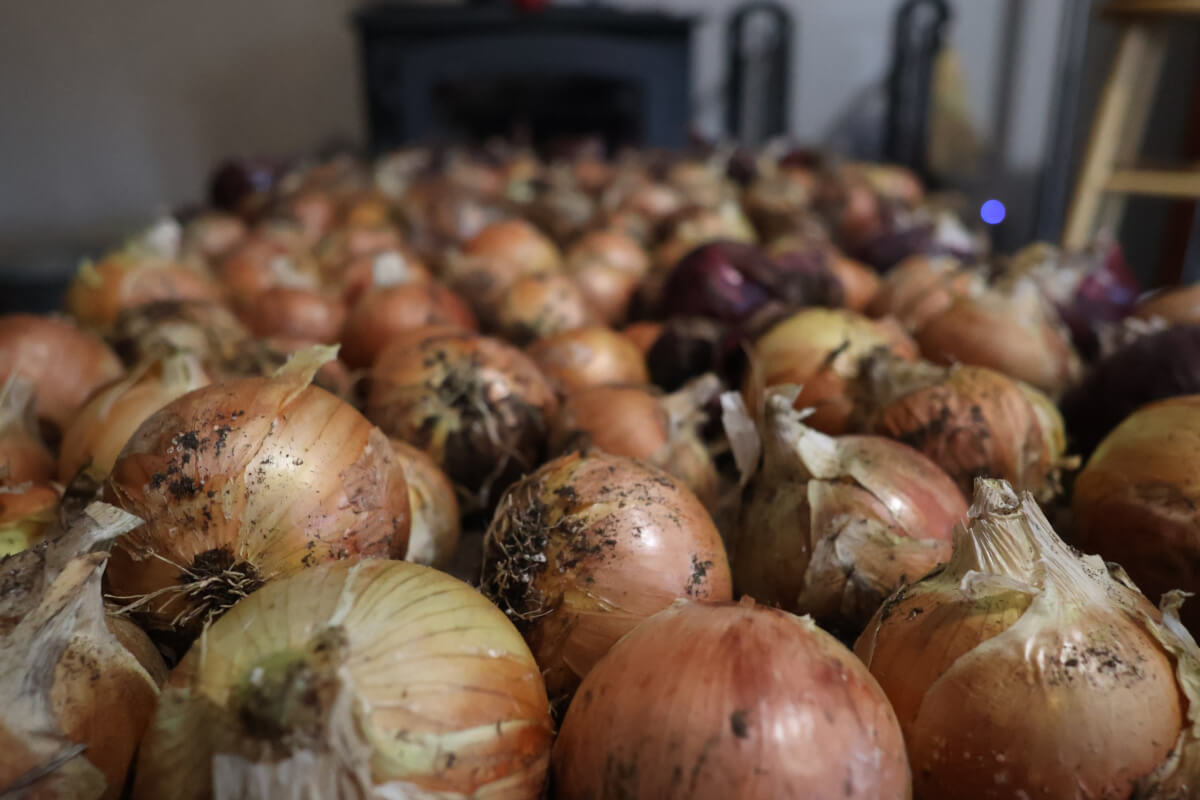
Large gardens take a lot of work. Hundreds of hours in a season. Preserving all that food takes even more hours of your time.
It’s generally estimated that it would take about 4,000 square feet of growing space, planted intensively, to feed one person. That’s a massive garden. For just one person.
Beyond just the growing effort, there’s a lot of expertise that needs to be built around simply cooking food with a productive garden.
To be blunt, a lot of people that start gardening with this goal end up failing miserably. It’s too much work and requires much more expertise than what you have as a beginner grower.
That’s not to say it’s an unachievable goal. We’re just saying you should take smaller steps first.
Ascending Into Larger Gardens
As mentioned above, we recommend new growers start with smaller gardens.
We aren’t trying to gatekeep here. As public gardeners, we’ve seen more failures than we’ve seen successes.
Starting small will ease the process and help you become familiar with all the various things you need to pay attention to. It will significantly reduce the risk of total failure, which will work to encourage you to keep doing it.
As you grow food, season after season, your mind will become familiar with the tasks, skills and overall efforts that need to be done.
You will, in a phrase, build expertise.

Over the years, you will pick up little “tricks” that help ease labor. You might explore different growing methods, automation or techniques that make things easier on you.
Once you have this expertise, you can more easily take on larger gardens. You will also have a much better idea of how you might want to do things.
Even with expertise, it’s still going to be challenging to scale things up. If we are honest, we were practiced growers and it was still tough when we made the jump from “hobby garden” to serious home scale food production.
You can certainly ignore this advice. But, what you’ll find is that ultimately, we are right.
So, How Much Food Do You Need To Grow, Really?
The reality is, any sized garden is better than no garden at all!
This topic, though, is interesting for people that are trying to transition from a hobby garden into serious home food production.
Unfortunately, this question involves a number of factors that don’t always have simple, straight forward answers. Considerations include:
- What amounts of which food can you reasonably store properly?
- How big is your freezer?
- Do you have a cellar (or cool, non-freezing space) or are you willing to accommodate your food storage into your lifestyle?
- How much time are you willing to put into growing and preservation? The preservation of food has great benefits, but it all takes time and effort.
- What food preservation techniques are you comfortable with?
- How large of a garden is practical in your space?
- How much time and motivation do you have?
- What do you want to grow and how much of it do you want to grow?
Serious home food production probably starts at about 1,000 square feet. That’s around the point where you can get plant counts high enough to where you have meaningful harvests you can preserve.
Here at Frosty Garden, we are a little bit over 2,000 square feet. We estimate that we produce about 15-20% of our annual food needs (for two people) in that space.
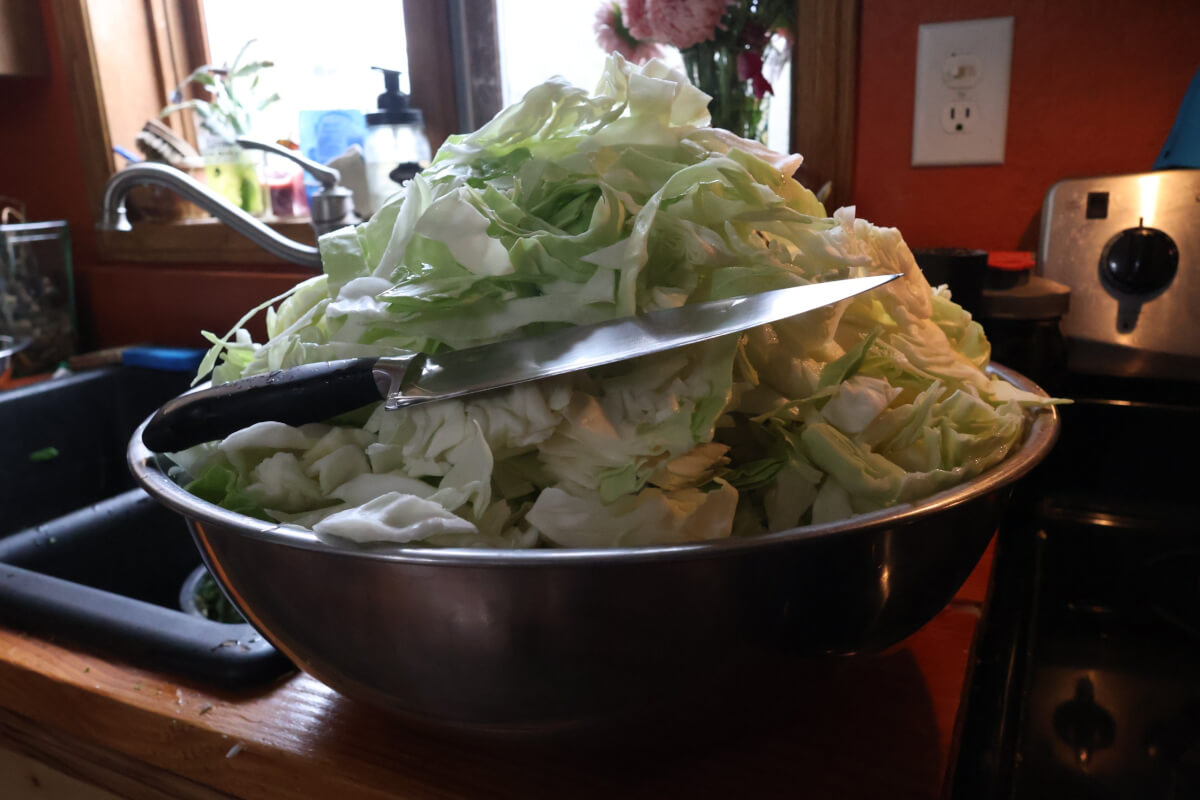
We probably put about 200 hours (and usually more) into our garden and preservation every year.
It’s important to note, especially for the new gardener, that we didn’t start at 2,000 square feet. We started with about 100 square feet, a little hobby garden. Then we added a bit more. When we felt comfortable taking on more, our gardens grew.
How Much Of Each Plant Do I Need?
This is the most challenging question to figure out. As we indicated above, there’s a lot of variables, including personal preferences, that go into this kind of decision making.
The other reality is, you’re not going to figure this out on your first swipe.
This is something you will tweak and change every year. It will also entirely depend on your preferences and what you like.
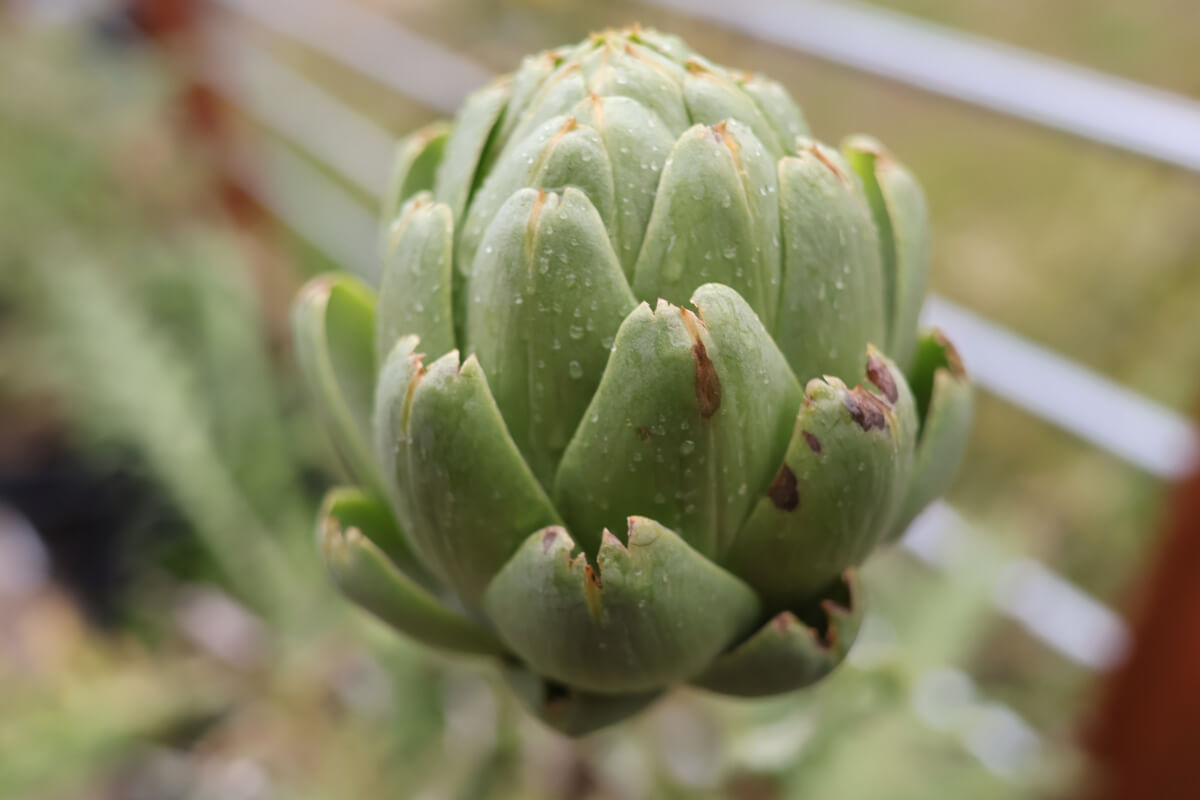
What we can offer, though, is what we grow for ourselves every year. We’ve figured out how much of each thing we generally want and what works for us.
We adjust our plant quantities nearly every year. For some things, we know we don’t want very much of it. For others, we’ll take as much as we can reasonably grow. That is an ever lasting, subjective desire.
Our rough current plant counts look something like this:
- 24-30 broccoli / brussels sprouts
- 12 cauliflower
- 4 cabbages
- 8 summer squash
- 16-20 winter squash
- 200 carrots
- 200 radishes (succession planted)
- 100 garlic and onions
- 4 to 8 rutabagas / parsnips / beets / turnips
- 18+ tomatoes (we want to increase this)
- 36+ peppers (we want to increase this)
- 35 foot row of potatoes (about 125-150 pounds)
- 35 foot row of pole & runner beans
- 60 bush beans
- 10 foot row of peas
- 5-6 artichokes
- 4-5 of all herbs we grow
- 16 cucumbers (we want to increase this)
- 36 celery / celeriac (total, about 90%/10%)
- 36 leeks
- 16+ head lettuce
- 72+ leaf lettuces (of many different varieties, includes spinach, typically succession planted
Again, we do frequently change plant counts every season. But, this gives you a bit of an idea of where we are at, with decades of growing experience.
How To Expand Your Gardens
So, if you’re at the point where you want to expand your growing efforts, the question might come up of how it’d be best to do so.
There’s a few different techniques you can employ to take on larger and larger gardening efforts:
- Simply expand your current garden size, assuming your space allows you to do so
- Add an additional garden (or gardens) elsewhere on your property
- Consider getting into community gardening (essentially, rent a garden)
- Build a container garden in a non-traditional growing space
- Approach neighbors about growing in existing un-used gardening space. There’s a bunch of neglected gardens out there and a lot of property owners might consider it in exchange for small amounts of produce.
If you’re looking at expansion, it’s well worth some thought to consider alternative growing methodologies.
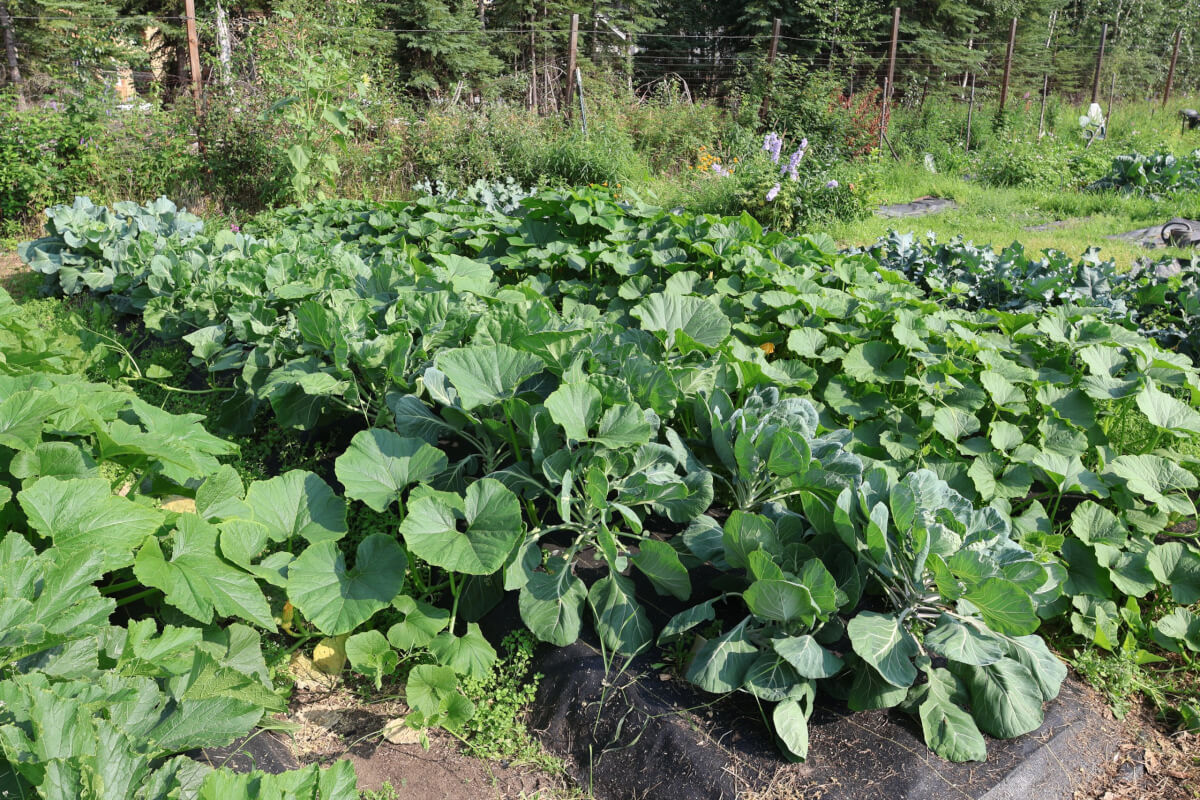
For example, if you have an in-ground garden, perhaps it’d be beneficial to have a raised bed garden. Alternatively, maybe a container garden would suit you well.
As we discuss extensively on this site, employing a variety of growing methodologies can be of exceptional benefit, particularly when growing in cold climates.
Fully Integrate Preservation Techniques Into Your Garden’s Plan
One of the more useful things we’ve learned is to think about our entire garden in terms of how each plant will integrate into our food preservation plans.
We didn’t start as masters of all things preservation. As we have learned how to garden, we have also pushed our preservation skills to higher levels.
These days, we use most food preservation techniques. Everything from freezing to drying to pressure canning. Our most commonly used food preservation technique is the blanch & freeze method.
We always try to consider using the simplest possible preservation technique, whenever possible.
For example, some food can be stored at room temperature (or just slightly cooler) for quite some time. It makes a lot of sense for us to grow certain types of foods because they can be very easily preserved. Examples of these include winter squash, potatoes, garlic and onions.
We also like to grow foods that can be frozen. Blanch and freeze is a very low tech and fast method of food preservation. Examples of easily frozen foods include peppers, celery, broccoli, brussels sprouts, cauliflower and several others.
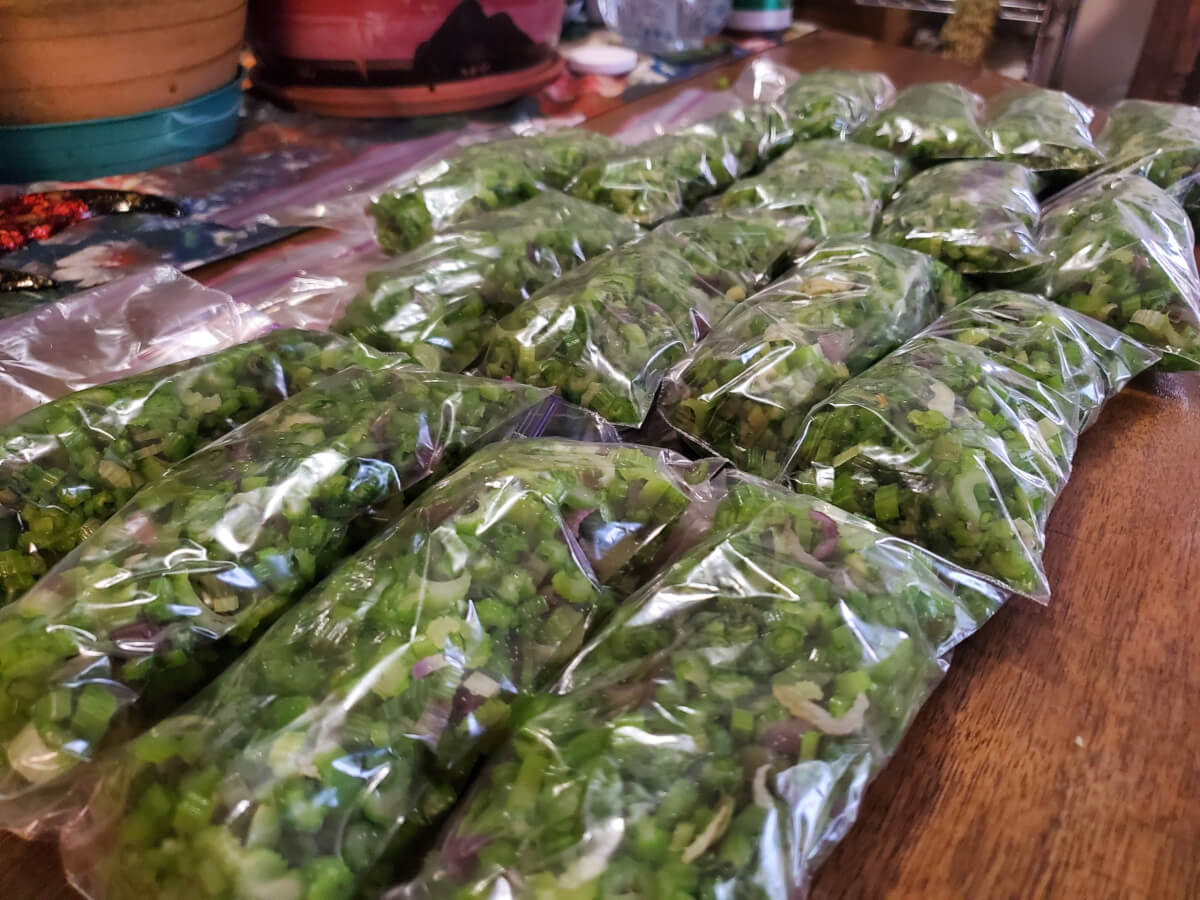
This is our celery, prepared to freeze through the blanching process. It is one of the easiest food preservation techniques. It also preserves “freshness” which is why we practice it.
When it comes to canning, we’ve learned a few tricks to this trade. We strongly prefer producing “ready to go” meals that combine multiple ingredients. This really helps us use up year end produce and makes for great garden eating throughout the winter.
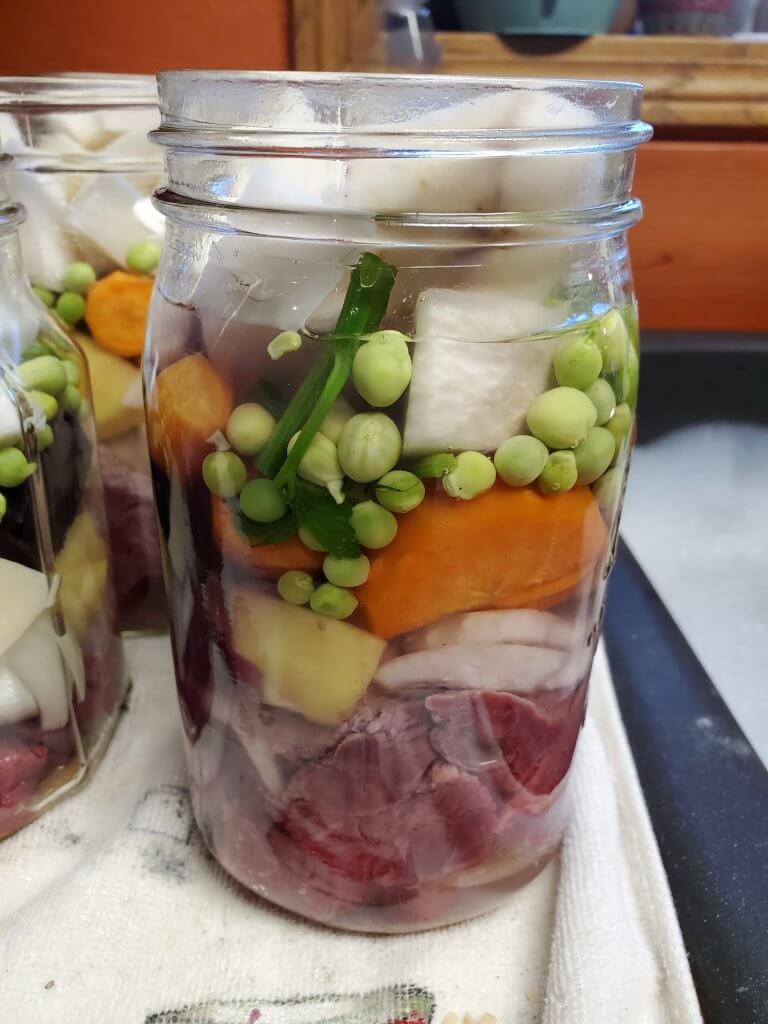
This is an example of a canned ready-to-go meal that we processed. We pressure can this according to food safety guidelines. They make great soups, stews, curries and rice/noodle dishes throughout the winter.
We use canning techniques for very few “raw ingredient” vegetables. When we do this, we know we’ll be using a lot of that particular ingredient or will eat it as-is. Examples of these include white potatoes, pumpkin and tomatoes.
Whenever possible, we try to focus on “complete” preservation concepts. For example, we put up a “California Mix” of veggies when they are all in season.
We of course use other preservation techniques such as pickling, fermenting and drying.
The primary point is, we grow around what we can eat and also preserve.
More importantly, we grow around our preferences of what we want to eat and preserve as well. We analyze our gardens every year and tweak it to serve us better.
Self Sustenance Is Noble, But Difficult
Hopefully this post gave you a little food for thought when it comes to actually achieving some degree of self-sustenance.
We’ll close with a significant concept.
We aren’t ashamed, at all, that we don’t achieve 100% self sustenance each year and are no where even close to doing so.
In fact, we are quite proud of the work we do. We’d challenge you to get to even 5%. If that’s not enough for you, try to get to 15% of your annual food needs.
You’ll be hoofing it!
And of course, if you have anything to add to the topic, we’d encourage you to put a comment down below. Are you well down the path of self sustenance? What are you doing to get there?
